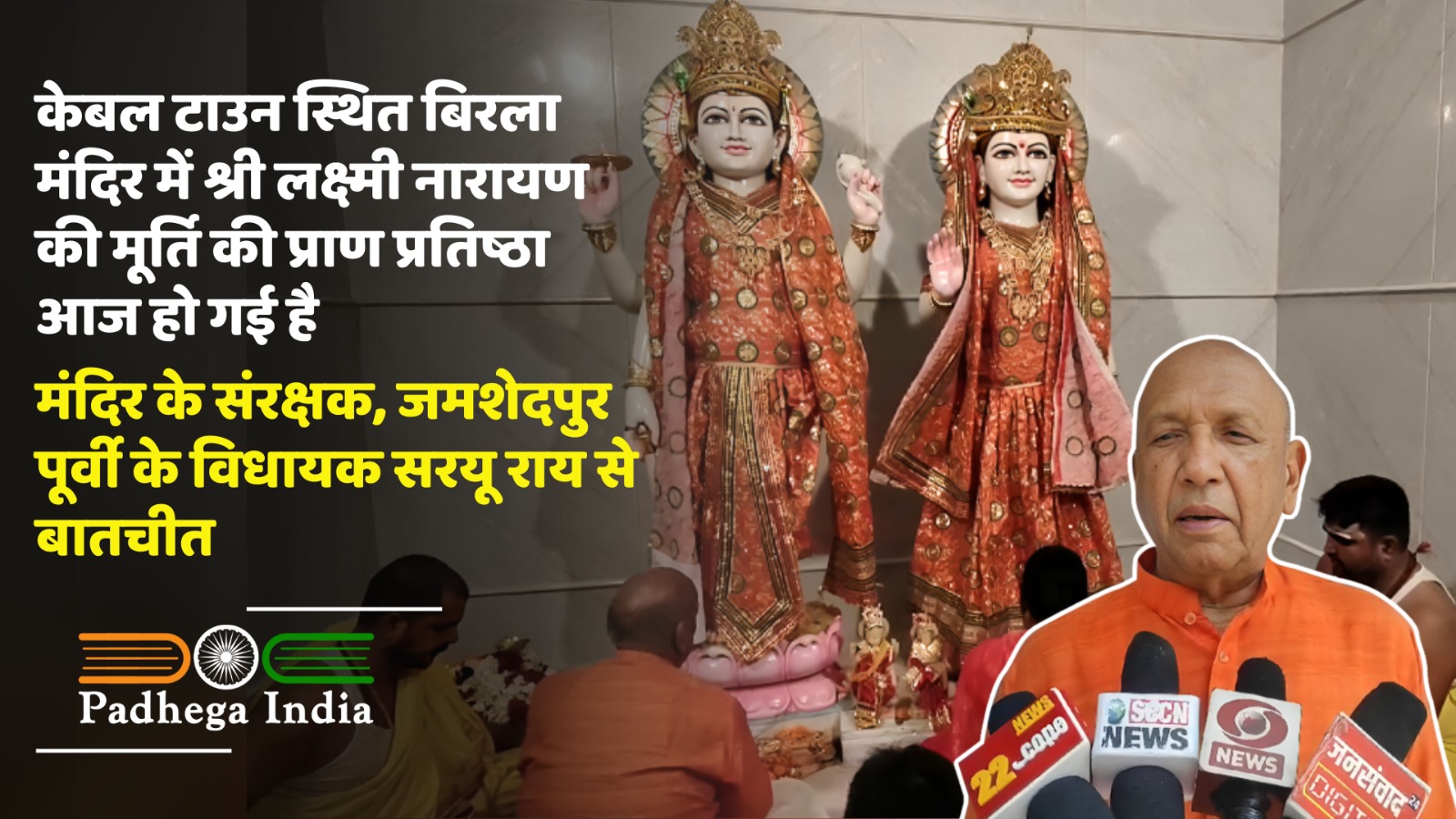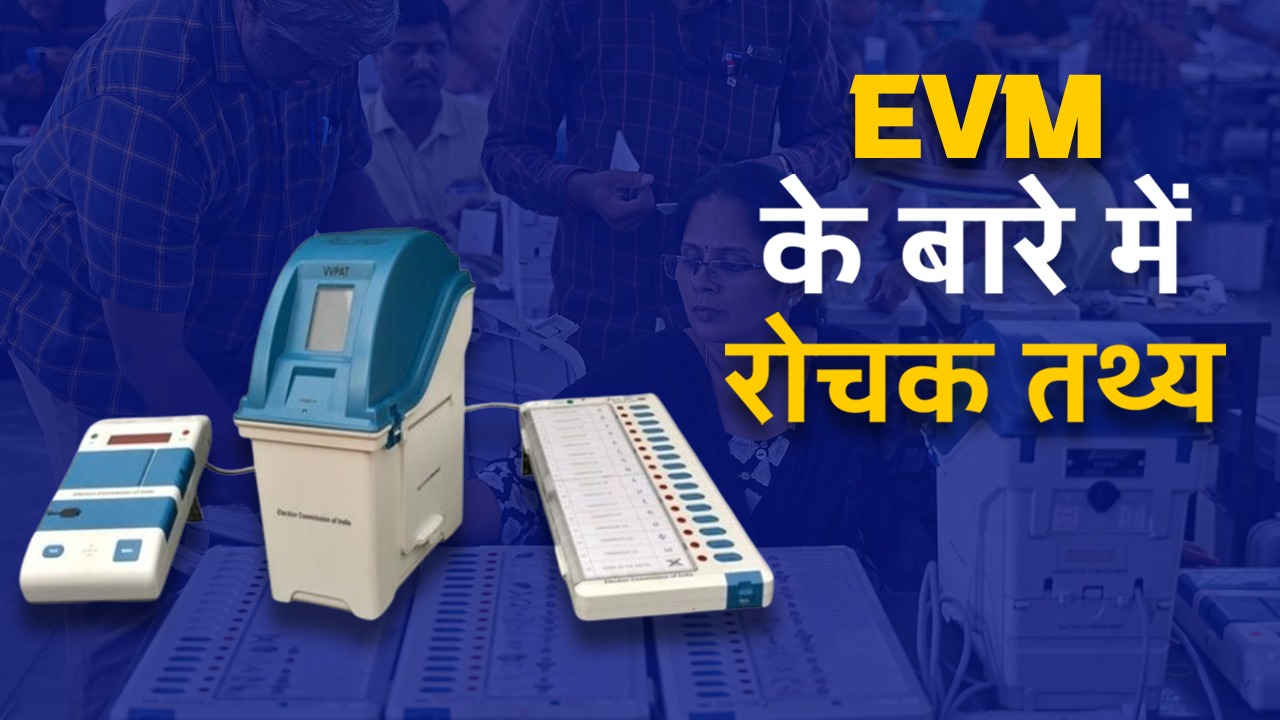[vc_row][vc_column][vc_video link=тАЭhttps://www.youtube.com/watch?v=jnjYynwxcJkтАЭ][vc_column_text]Whether you oppose or support, always remember to cast your vote! The essence of democracy lies in the participation of its citizens in the electoral process.
Understanding Electronic Voting Machines (EVMs)
An EVM, or Electronic Voting Machine, is a device that electronically records votes cast in elections. First proposed in 1977 by the Electronics Corporation of India (ECIL), it was showcased to various political parties in India in 1980.
Unique Facts About EVMs
- Historical Introduction: EVMs were first introduced in the 1970s.
- Portability: These machines are portable and easy to transport.
- Self-powered: EVMs operate on their own battery backup system, eliminating the need for electricity.
- Global Usage: To date, 120 countries have used EVMs.
- First Use in India: EVMs were first used in Kerala in 1982. Subsequently, they were employed in the Lok Sabha elections in 1999 and have been used in all Lok Sabha and assembly elections since then.
- Capacity: Each EVM can record a maximum of 2,000 votes.
- Design: EVMs were designed by the Technical Expert Committee (TEC).
Global Adoption of EVMs
- Countries: 31 countries have used or studied EVMs. Four of these countries used them nationwide, while 11 used them in some parts or small elections.
- Technical Support: India has provided technical support related to EVMs to Jordan, Bhutan, Nepal, Namibia, Maldives, and Egypt.
- Current Users: EVMs are used in Brazil, India, and the Philippines. Bhutan, Nepal, and Namibia use EVMs made in India.
- Banned in Some Countries: Countries like England, France, Germany, the Netherlands, and the United States have banned EVMs. The Netherlands banned them in 2006, and the Republic of Ireland and Italy banned them in 2009.
Features of EVMs
- Components: An EVM consists of two components тАУ the Control Unit (CU) and the Ballot Unit (BU).
- Operation: Voters press a button or symbol representing different candidates or political parties to cast their vote, which is recorded electronically.
Advantages of EVMs
- Accuracy: EVMs are designed to record votes accurately, eliminating errors caused by manual counting and interpretation of paper ballots.
- Efficiency: EVMs speed up the voting process and provide faster results.
- Reduction of Invalid Votes: They reduce the chances of invalid votes, over-voting, or under-voting.
- Cost-Effectiveness: While initial and maintenance costs can be significant, EVMs are cost-effective in the long run.
- Labour Reduction: EVMs minimize the need for manual labour in vote counting.
- Transparency: They enhance the transparency of the electoral process.
- Environmental Impact: EVMs reduce paper consumption, helping to decrease deforestation and waste management issues.
Limitations of EVMs
- Security Concerns: There are concerns about the potential for hacking or manipulation.
- Technical Issues: EVMs can suffer from technical faults, hardware malfunctions, or software errors.
- Infrastructure Challenges: Technological complexities can arise in regions with limited infrastructure or resources.
- Allegations of Fraud: Post-election analysis may bring up allegations of system faults or fraud.
- Initial Costs: Though cost-efficient in the long run, the initial and maintenance expenses can be substantial.
Can EVMs Be Hacked?
EVMs do not require electricity, operating on their own battery backup, which reduces the risk of hacking. However, they can be manipulated. EVMs are not connected to Wi-Fi, further reducing hacking risks. To prevent manipulation, GPS should be installed to track their location and ensure they do not fall into the wrong hands. Theoretically, the Control Unit (CU) can work with any Ballot Unit (BU), potentially allowing vote counts to be changed or preset before votes are cast. Effective pairing with a serial cable can help prevent this.
Concerns About Non-Open-Sourced EVM Programming
If the programming of EVMs is not open-sourced, there is a risk of hidden manipulations. For instance, someone could program an EVM to work correctly for the first 100 votes but then reject or not store votes for a particular candidate, or even store different data in the database while displaying the correct symbol on the screen. This could compromise the integrity of the election process. Ensuring transparency in EVM programming and conducting regular audits can mitigate these risks.
Recent Cases and Verdicts on EVMs by the Supreme Court of India
- Case: Subramanian Swamy vs Election Commission of India (2013)
In a landmark judgment on October 8, 2013, the Supreme Court of India directed the Election Commission to introduce the Voter Verified Paper Audit Trail (VVPAT) system in a phased manner for the 2014 General Elections. The court recognized the importance of transparency and the need for a paper trail to enhance voter confidence in the EVMsтАЩ integrity.
- Case: Dr. Subramanian Swamy vs Election Commission of India (2019)
On April 8, 2019, the Supreme Court issued a directive to increase the VVPAT (Voter Verified Paper Audit Trail) verification to five EVMs per Assembly segment in the upcoming general elections. This was a significant increase from the previous practice of one EVM per Assembly segment. The court emphasized the need for a more transparent and credible electoral process.
- Case: Kamal Nath vs Election Commission of India (2020)
On January 6, 2020, the Supreme Court dismissed a plea by Congress leader Kamal Nath seeking directions for random verification of VVPAT slips with EVM results in at least 10% of polling stations within an Assembly constituency. The court upheld the Election CommissionтАЩs decision of verifying VVPAT slips from five randomly selected EVMs in each Assembly segment.
- Case: Ashok Gehlot vs Election Commission of India (2024)
On March 15, 2024, the Supreme Court heard a case filed by Rajasthan Chief Minister Ashok Gehlot, challenging the credibility of EVMs used in the recent state elections. The petition raised concerns over alleged discrepancies in the EVM and VVPAT counts. The Supreme Court, in its verdict on April 22, 2024, directed the Election Commission to implement enhanced security measures, including mandatory VVPAT verification for 10% of the EVMs in future state elections, to address these concerns and ensure the integrity of the electoral process.
Conclusion
Elections are the cornerstone of democracy, and EVMs play a crucial role in ensuring a smooth and efficient electoral process. By understanding the features, advantages, and limitations of EVMs, as well as the recent legal developments and potential security concerns, we can appreciate the complexities and significance of this technology in our democratic system.
Celebrate democracy by participating in elections and ensuring your voice is heard!
[/vc_column_text][/vc_column][/vc_row]







